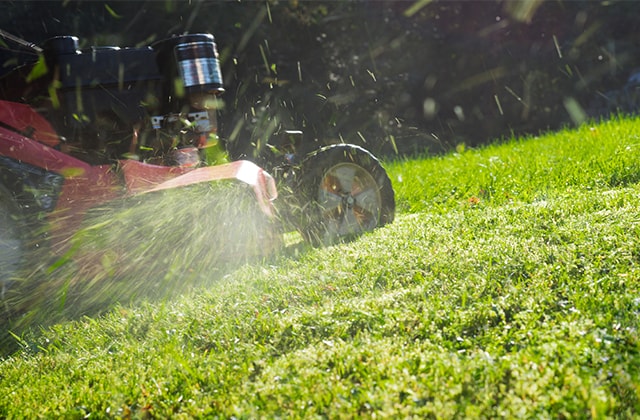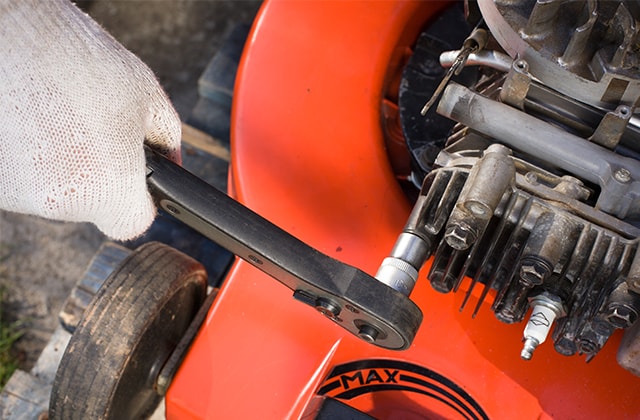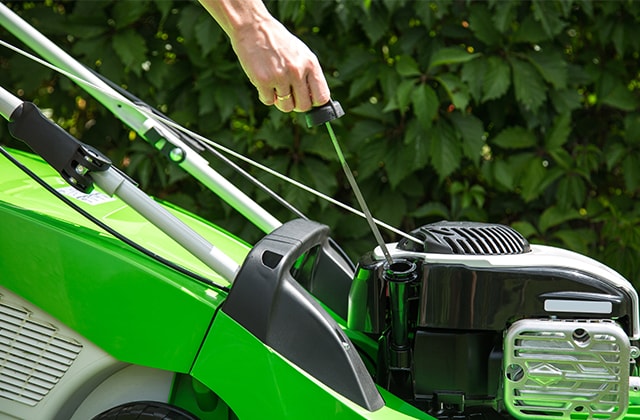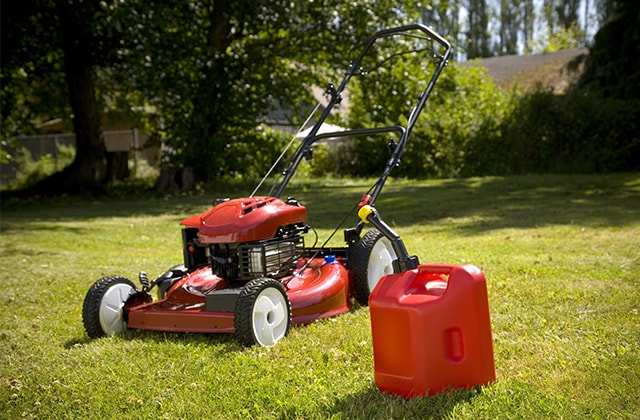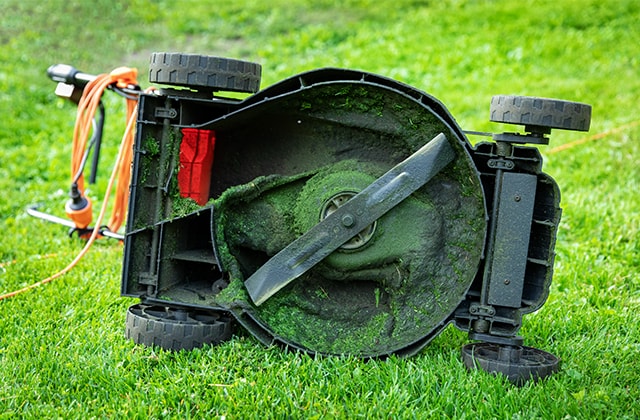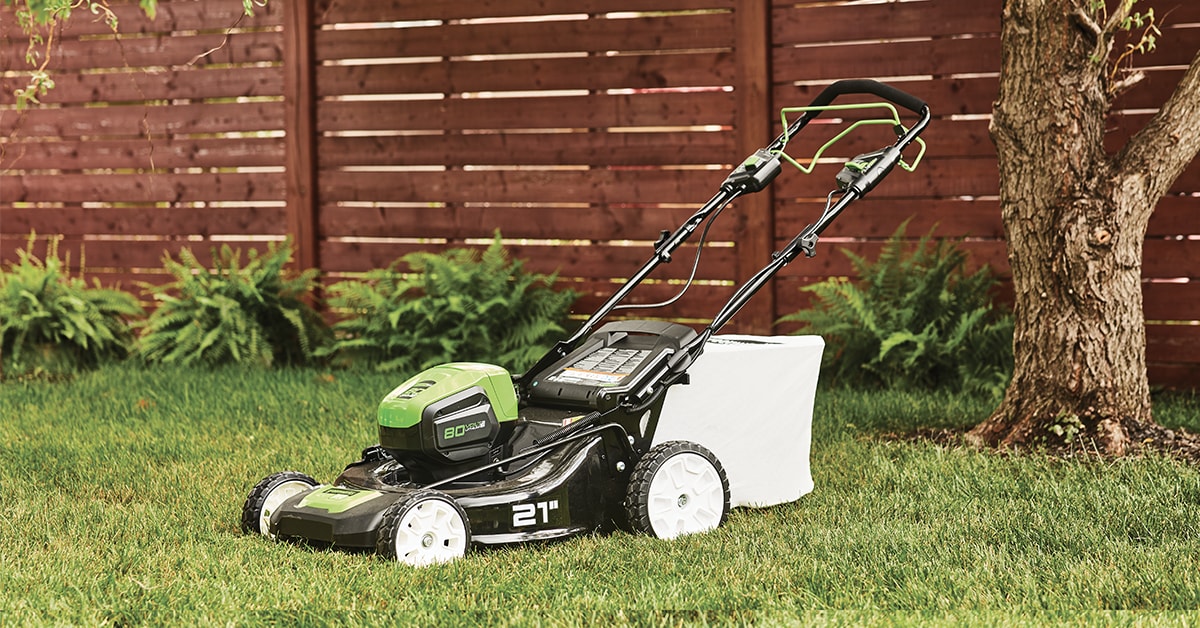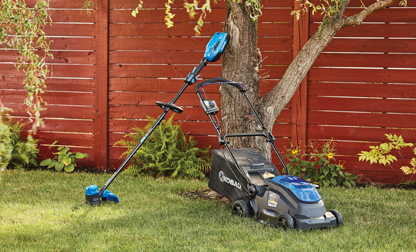Sharpen the blades
At the start of each spring, the first thing you will want to do is sharpen your lawn mower's blades. Dull blades will rip rather than cut through the grass, leaving it damaged and susceptible to disease. They will also hinder the efficiency of your mower.
The most common way to sharpen a blade is with a vise and a metal file. For blades with more substantial wear and tear, you will have to use a bench grinder. If you are unfamiliar with using these tools, then a professional at a hardware store will often be able to sharpen the blades for you.
To remove the blades, set the mower on its side and use a socket wrench to loosen the bolts holding them in place. Locking pliers will keep the blades from slipping while you work. Make sure that the mower is unplugged or the battery is removed while you do this, and that you are wearing a good pair of work gloves to prevent any cuts.
If your mower gets a lot of use, then it is a good idea to check and, if need be, to resharpen the blades about halfway through the season. For smaller yards, however, a good sharpening at the beginning of the mowing season should be enough to take you through to the fall.









